Borneo’s Mammals Face a Deadly Mix of Logging and Climate Change
But adding small amounts of land to already protected areas could help save the island’s biodiversity
/https://tf-cmsv2-smithsonianmag-media.s3.amazonaws.com/filer/4b/a7/4ba77a78-178d-4b85-ace7-997baca30aa1/42-19901225.jpg)
Borneo’s mammals are threatened by a one-two punch of logging and climate change, but only a small amount of additional land needs to be protected to safeguard many of the species at risk, scientists report today in Current Biology.
The island of Borneo is home to a stunning array of biodiversity. There are thousands of plants, animals and other species packed into a space a little larger than Texas. Many species—such as the Bornean clouded leopard, the proboscis monkey and several kinds of tree shrews and squirrels—are found nowhere else in the world.
But logging has destroyed large swaths of Bornean forest, often lowland forests that are rich in diversity but that are easier and cheaper for companies to access, remove trees and convert the land to other uses, such as oil palm plantations. Climate change is another threat: shifting temperatures and rainfall will render some habitats unsuitable for the animals that live there. To find out how the two threats would interact, Matthew Struebig of the University of Kent and his colleagues combined a model of deforestation with climate projections. Then the team added expert evaluations of what would constitute suitable habitat for 81 of Borneo’s carnivores, primates and bats.
Climate alone threatens to eliminate 30 percent or more of the habitat for 11 to 36 percent of those species, the researchers found. Adding in deforestation doubled the number of threatened mammals. At least 15 species of carnivores, 8 primates and 21 bats could be at risk of going extinct by 2080.
“We were somewhat surprised with the potentially severe impacts that climate change could have, especially relative to those of deforestation, which are already quite substantial,” says Struebig.
Climate changes most affected the lowland rainforests in the model, but suitable habitat for many species shifted upslope. That may end up benefiting animals that can migrate quickly enough, because there has been a tendency in Borneo to preserve mid- to high-elevation lands. That pattern has sometimes been criticized, Struebig says, because lowland regions typically host more species. But the new work suggests that those less-than-ideal protected areas could become more important in the coming years. Adding just a bit more protected land in targeted upland spots could help many species in the long run, the researchers found.
Some lowland species, though, such as the otter civet and large flying fox, would need other types assistance to survive the threats. “These species tend to be at greatest densities in lowland habitat, particularly wetlands. As such they demonstrate the need for continued conservation efforts in peatland areas as well as those climate-safe areas we advocate in the article,” Struebig says.
Conserving additional land in Borneo will require cooperating with the forestry, plantation and oil extraction industries, as these businesses manage large amounts of the island’s forests. “There are already signs that some companies are taking on conservation advice and trying to manage their estates in a sustainable way. However, up until now there has been little effort to target these activities to high-priority areas and specific companies in an objective and transparent way,” says Struebig. “This is what we offer.”
And conservation doesn’t necessarily mean making land completely off limits to these companies. Better land management, planning of roads and felling trees in a targeted way can help to reduce industry’s impact on forest wildlife. Reducing the amount of forest converted to oil palm plantations can also help.
"The public can play their part in these efforts,” Struebig notes, “by insisting that their timber products come from environmentally certified sources, which require these management techniques to be implemented.”
/https://tf-cmsv2-smithsonianmag-media.s3.amazonaws.com/accounts/headshot/Sarah-Zielinski-240.jpg)
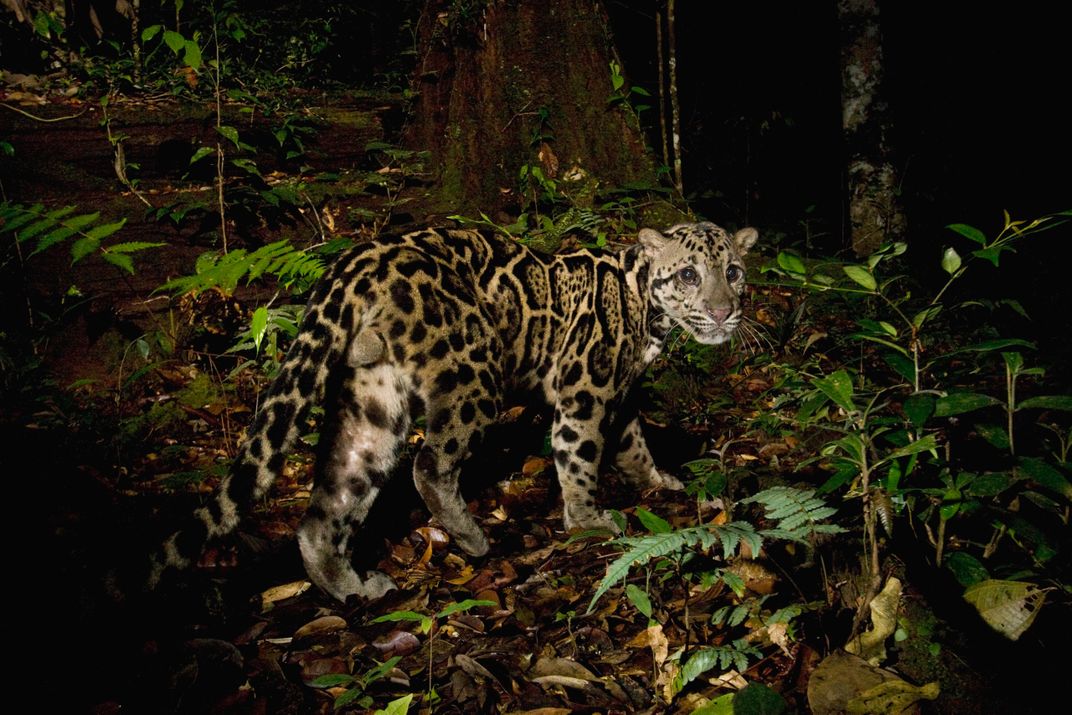
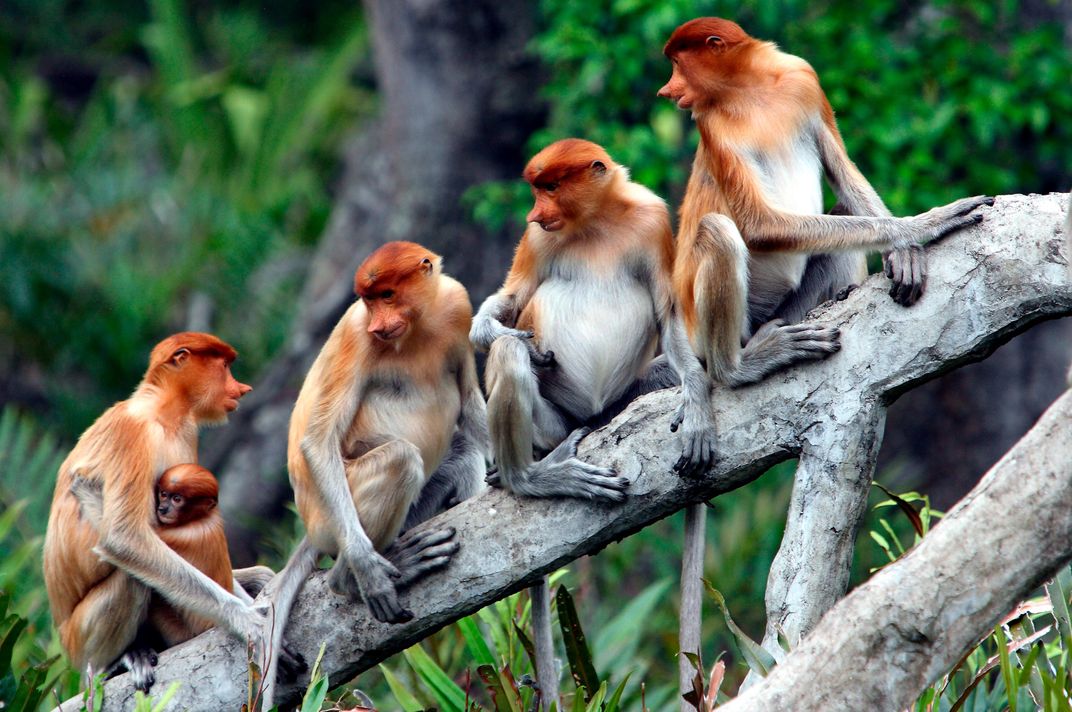
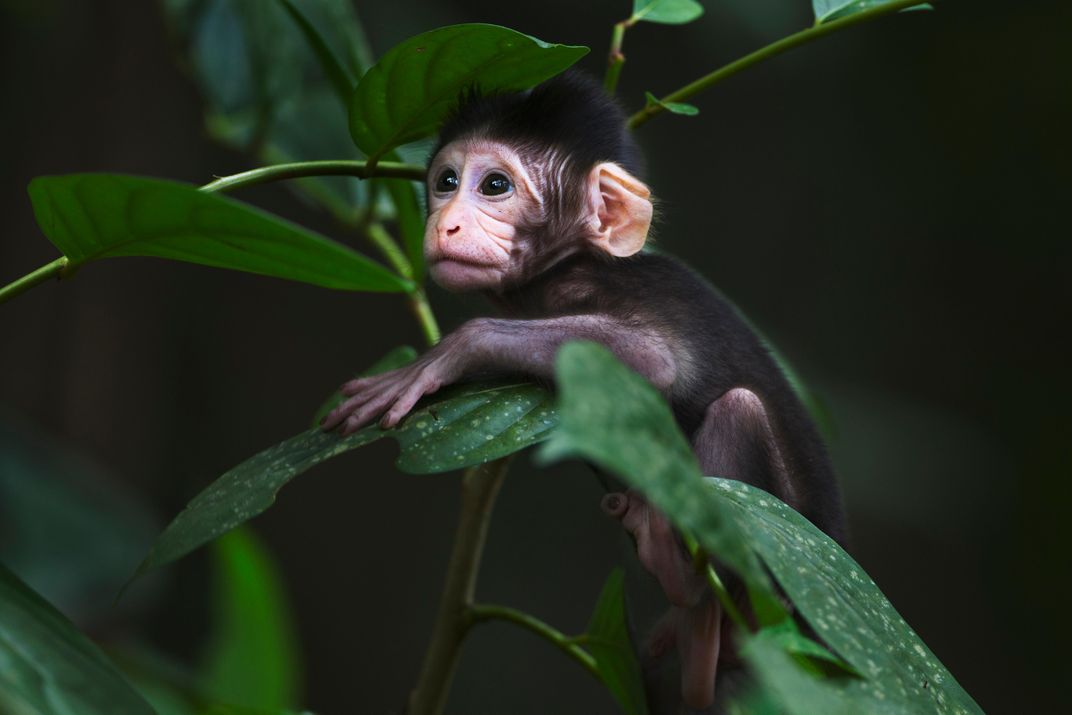
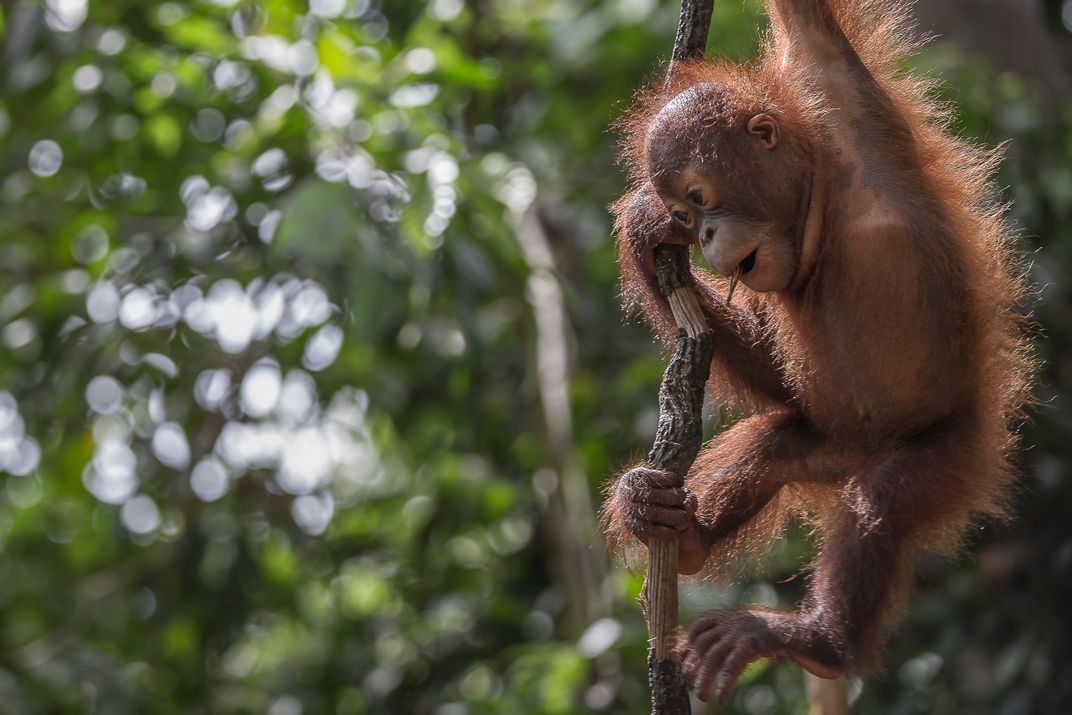
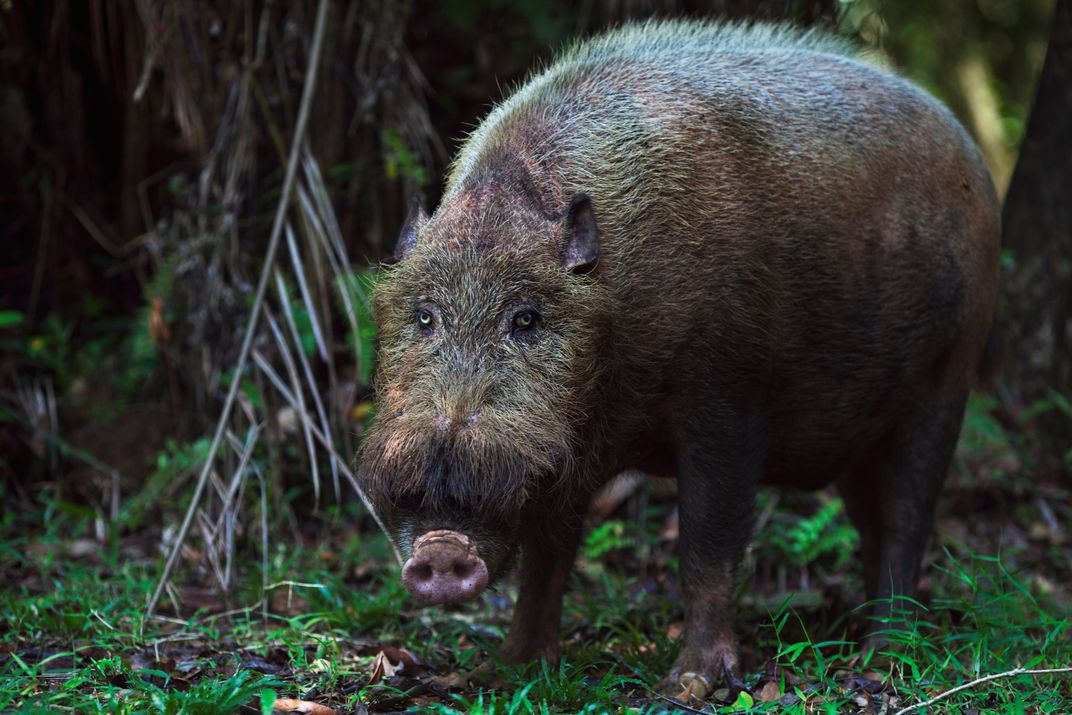
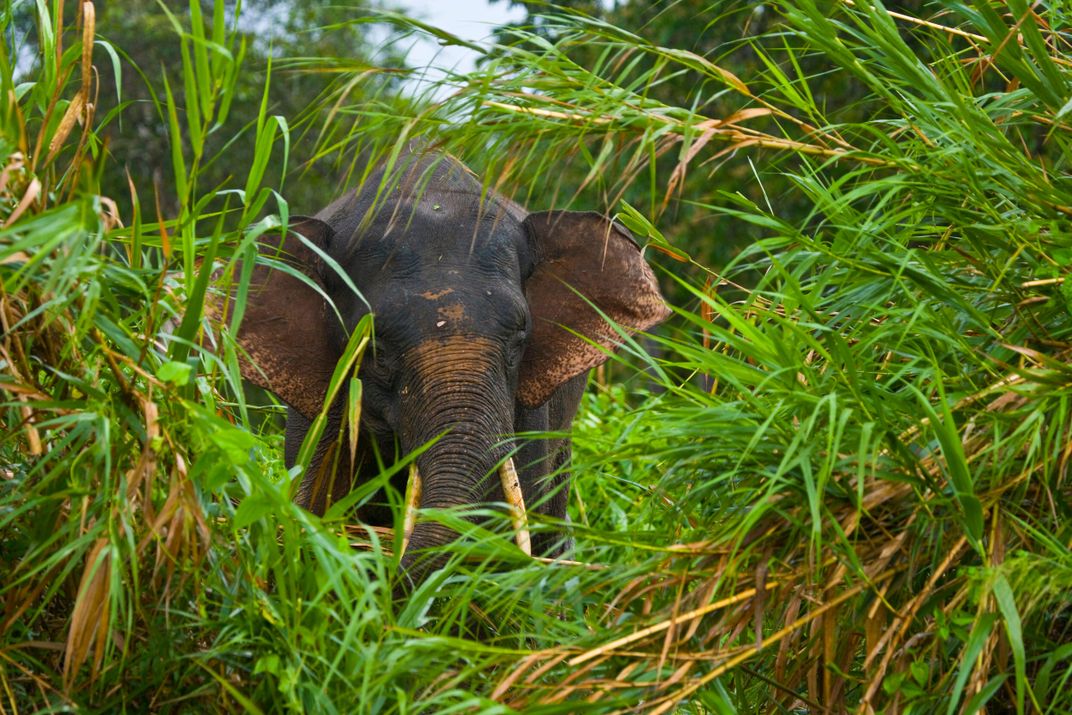
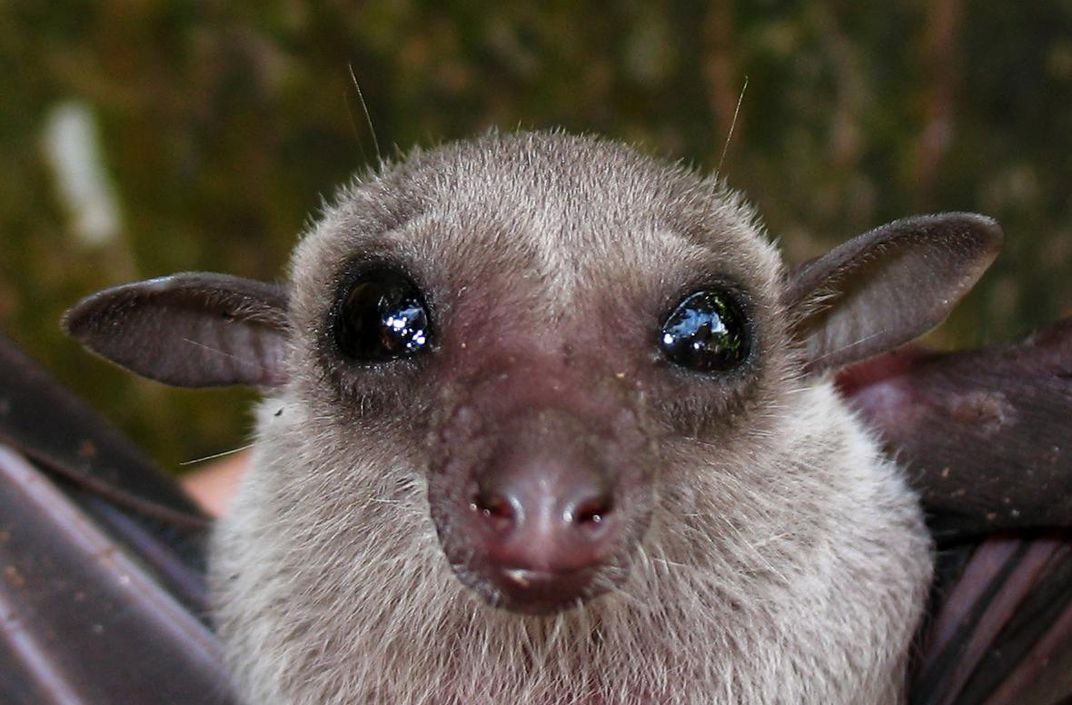
/https://tf-cmsv2-smithsonianmag-media.s3.amazonaws.com/accounts/headshot/Sarah-Zielinski-240.jpg)